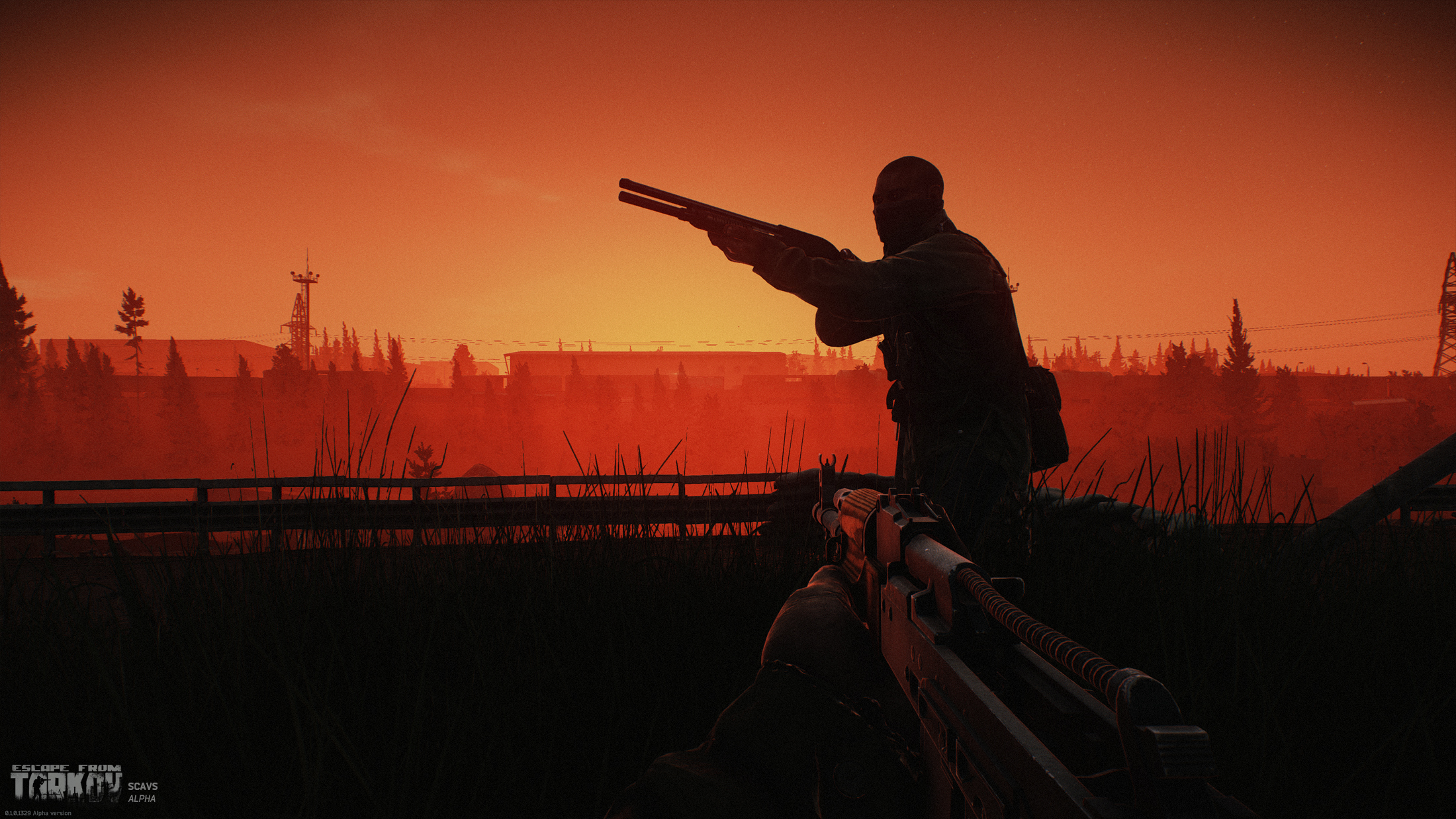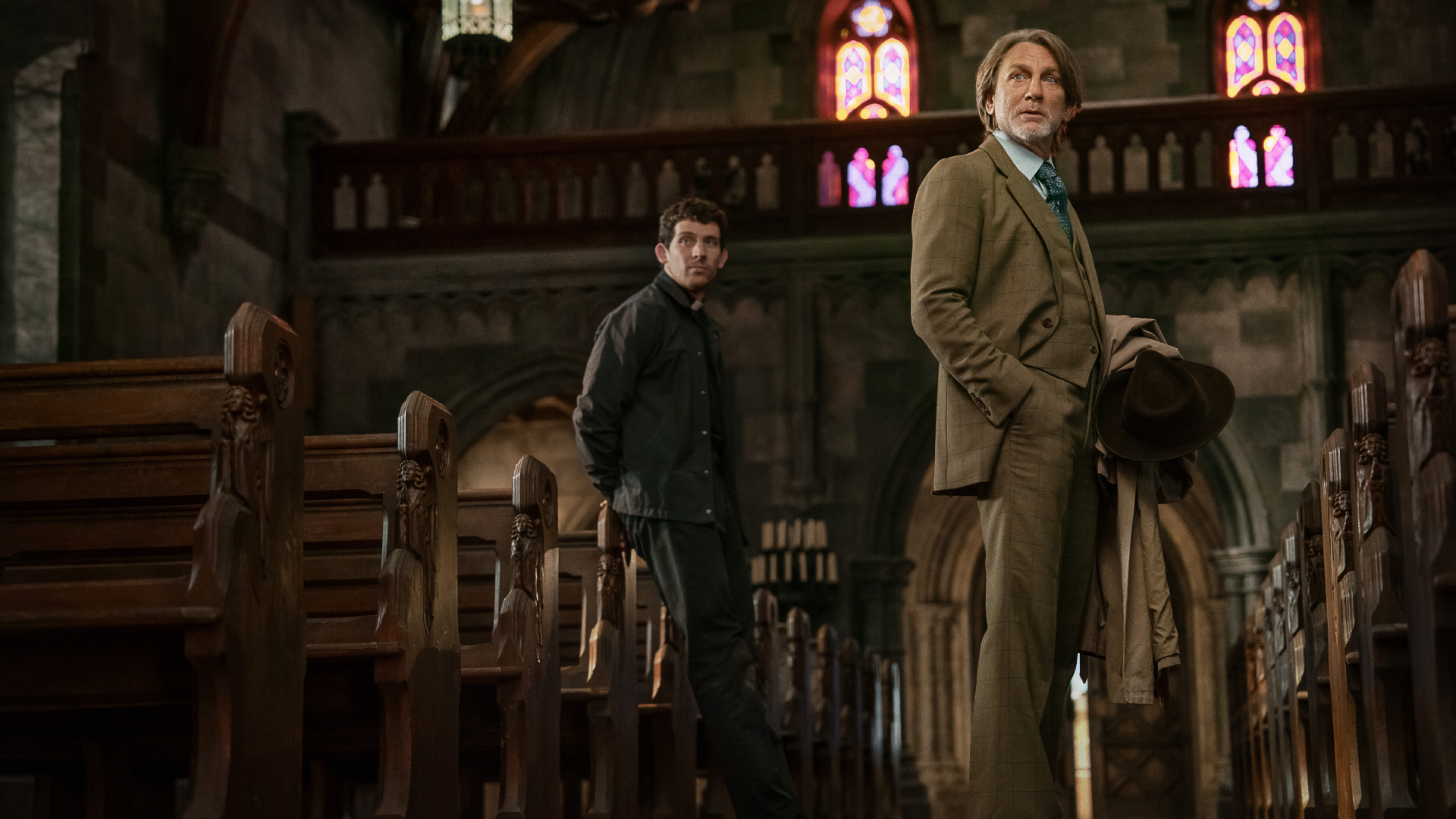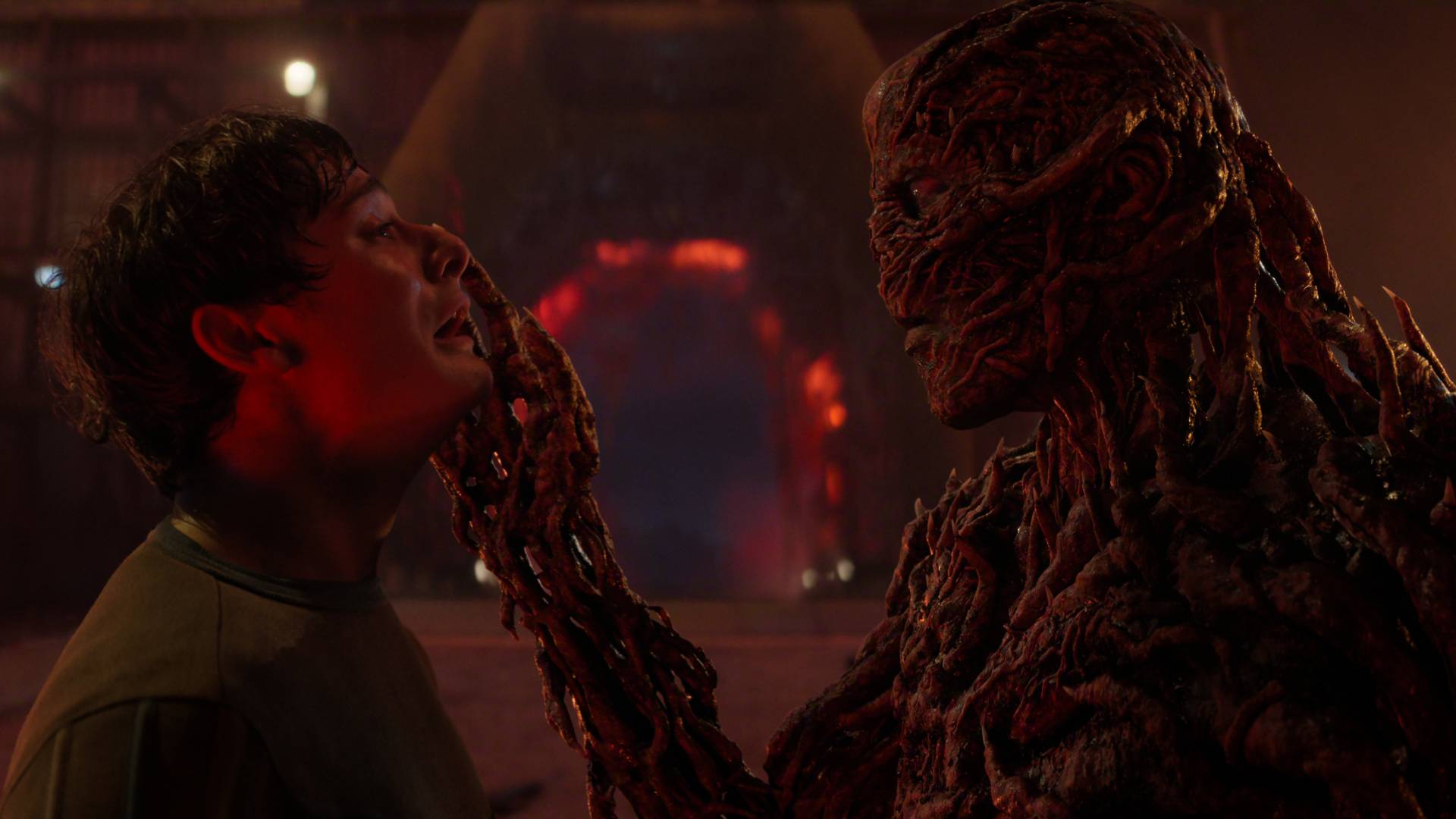Skyrim NPCs are only as complex as they are thanks to a literal "napkin drawing" that Todd Howard doodled, reveals ex-Bethesda dev: "It's actually a napkin story"
The Elder Scrolls' Radiant AI technology evolved from a sketch
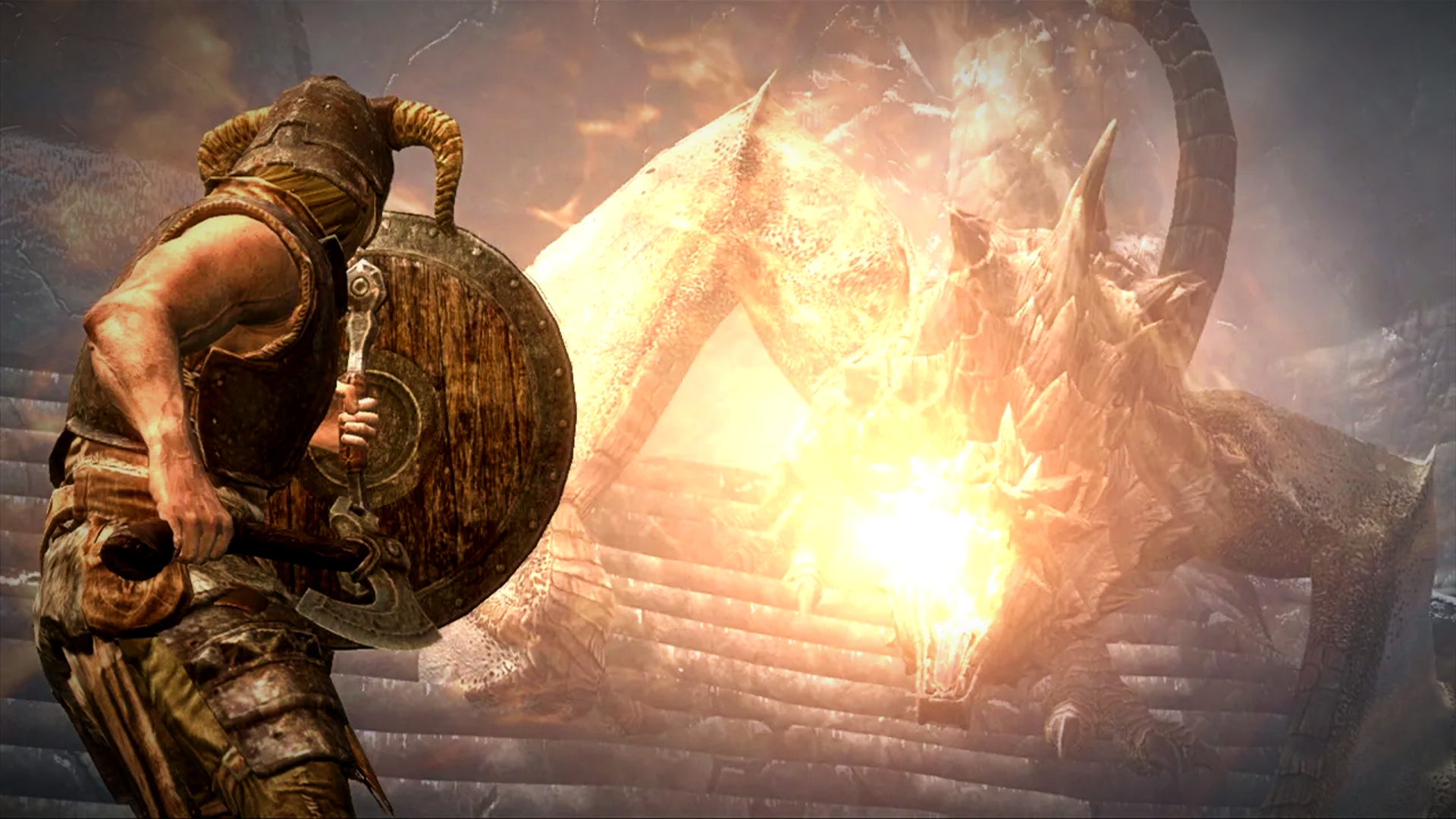
Radiant AI, the Bethesda Game Studios technology that powers NPC behavior in The Elder Scrolls series, was greatly expanded upon for Skyrim – and it's all thanks to a quick napkin sketch by Todd Howard.
Speaking in a recent interview with PC Gamer, veteran Bethesda developer Bruce Nesmith reveals that Radiant AI, the reason Elder Scrolls NPCs in Oblivion and Skyrim are able to wander the world and engage in more complex decision-making, evolved after a doodle from Howard. "The Radiant AI system was developed from a napkin drawing that Todd gave us," explains Nesmith, who worked on the 2006 and 2011 gems himself.
"So it's actually a napkin story," continues the former dev. "You don't hear many of those in real life, but this is a real one." Howard first drew a hero in the middle of a napkin, "and then he drew various little icons to represent things like houses and monsters and whatnot around it, and drew a line to them." That's when the Bethesda lead looked back at the environments' reactions to the player in past Elder Scrolls games.
"And he said, 'The player interacts with these things, but they don't interact back with them. That was Morrowind. For Oblivion, we started having them interact with each other a little bit. But now, for Skyrim, we want the world to point back to the player as well as interact with itself. So how can you do that?'" At that point, Nesmith made a plan with senior designer Kurt Kuhlmann to make things work – which was "very freeing."
"We went off on our own, and we came back with proposals," says Nesmith. "Probably some of the most creative moments I've had in the videogame industry, to be honest. And the idea was to be able to have events and objects in the world that the player interacts with and that the code is watching." One of the earlier examples that the two developers brought to Howard connected NPCs, players, and quests together.
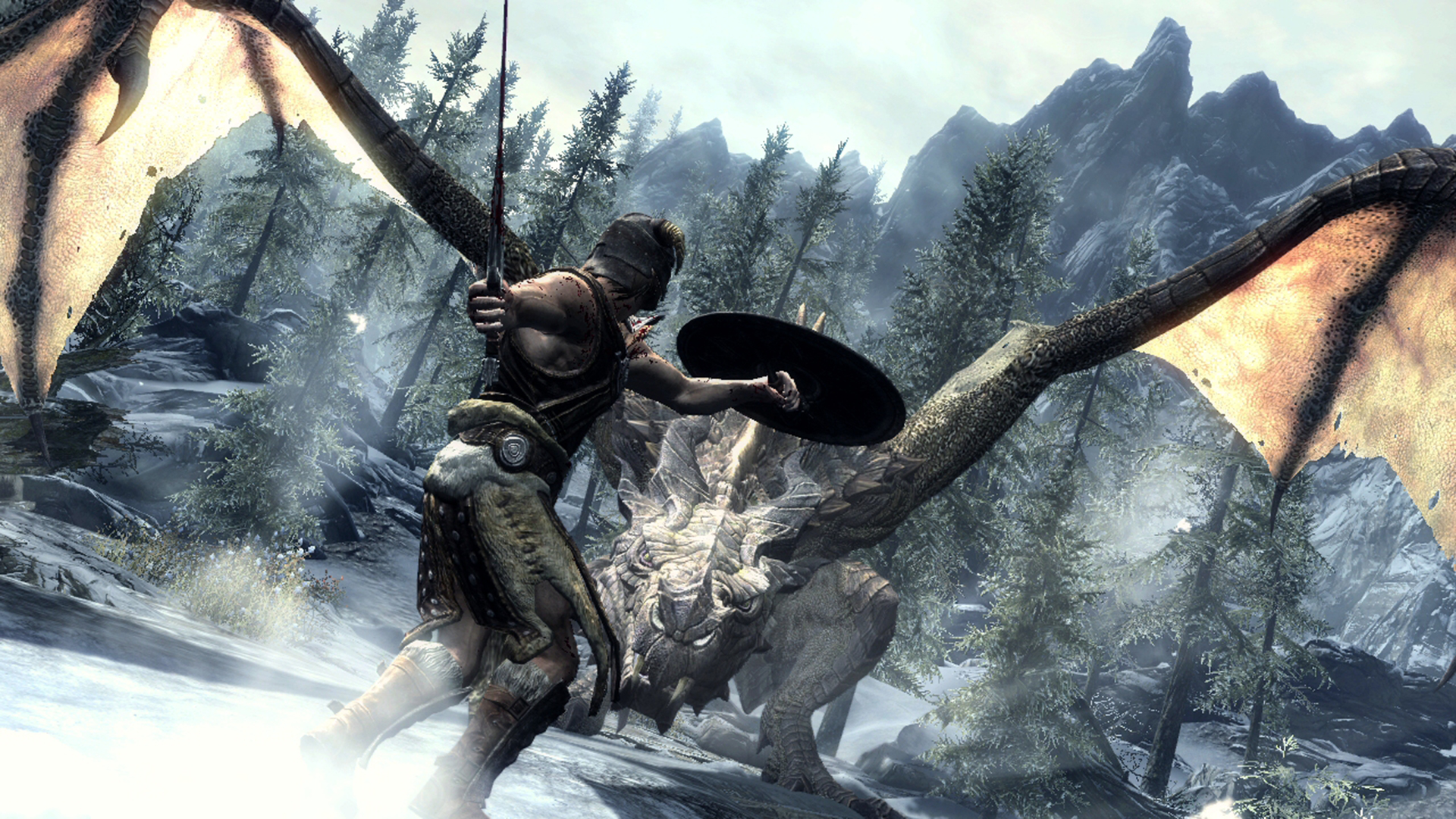
This one was more combat-focused, so they circled back and compiled a list of around 30 other actions the technology could potentially oversee. "Things like, you pick up an item, you steal an item, you change a location, all these other actions that could be taken." Howard was pleased, seeing "all kinds of good stuff in there." This resulted in "large amounts of data" being attached to different objects, which was novel for Bethesda.
"An NPC actor would know the location it belonged to; the location would know the actors that belonged to it. It would know the objects." There was also an event system pertaining to in-game quests, which would trigger a certain one had specific conditions been met. This made the environment feel more alive, and furthermore, "felt very unique" to Bethesda – it's part of what makes games like Skyrim stand out even today.
"The world sees the player. Think of how many games you play where the world doesn't see the player," explains the veteran designer. "You kill that monster over there, and the rest of the world doesn't know. You solve this person's problem over here, and the rest of the world is not paying attention. You feel like you're actually part of something that's living and breathing, and like what you do makes a difference."
Nesmith continues: "The world sees you. And I'm not going to sit here and say that Bethesda was the first game company to do that, because I don't know that for a fact, but we were one of the early ones. And we were definitely one of the biggest, that got the most notoriety and attention for it." As a longtime fan of The Elder Scrolls, I have to admit he's right – nearly 14 years later, Skyrim still draws me in with its quirky NPCs and immersive world.
Weekly digests, tales from the communities you love, and more
Out of the 30 actions Nesmith came up with, "virtually all of them" ended up in Skyrim. "Most of them made it in, and we didn't actually add very many [afterwards] either," as he says. As a fan, I can't help but wonder how things will look in The Elder Scrolls 6.
Here's everything you need to know about The Elder Scrolls 6 after looking back on some of the series' greatest entries.

After spending years with her head in various fantastical realms' clouds, Anna studied English Literature and then Medieval History at the University of Edinburgh, going on to specialize in narrative design and video game journalism as a writer. She has written for various publications since her postgraduate studies, including Dexerto, Fanbyte, GameSpot, IGN, PCGamesN, and more. When she's not frantically trying to form words into coherent sentences, she's probably daydreaming about becoming a fairy druid and befriending every animal or she's spending a thousand (more) hours traversing the Underdark in Baldur's Gate 3. If you spot her away from her PC, you'll always find Anna with a fantasy book, a handheld video game console of some sort, and a Tamagotchi or two on hand.
You must confirm your public display name before commenting
Please logout and then login again, you will then be prompted to enter your display name.
